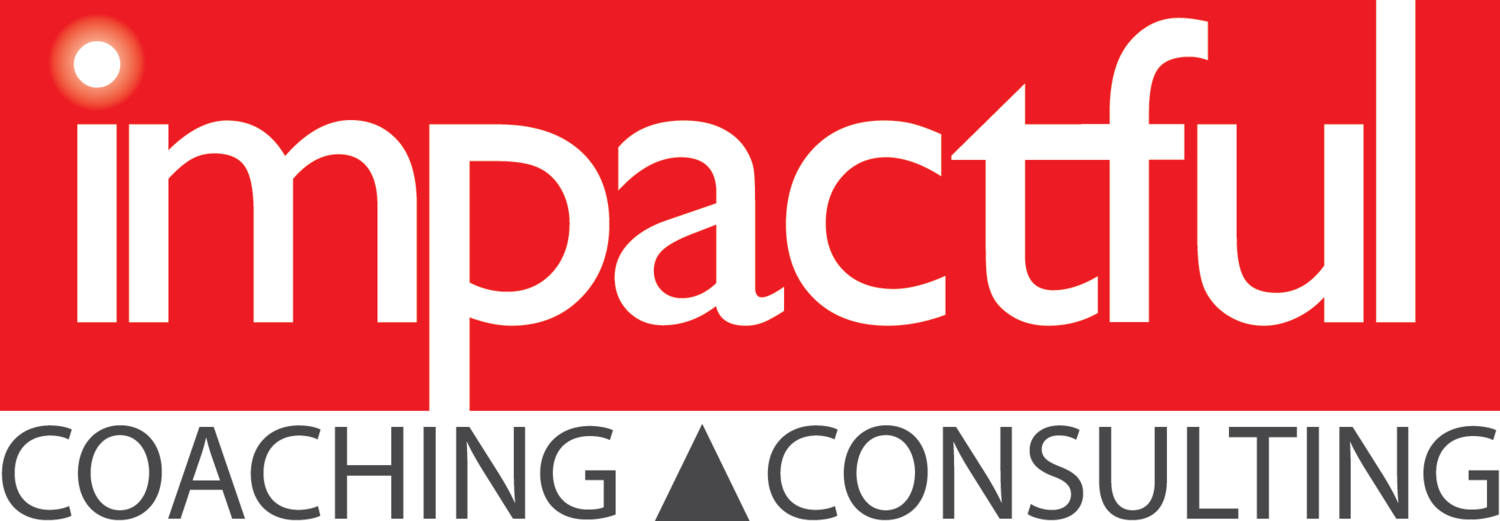How Slowing Down Fuels Greater Productivity
In a world obsessed with speed, pausing can feel counterintuitive. We’re told to hustle, grind, and push through. Every minute should be maximized. Every hour filled. But here's the paradox: sometimes, the most productive thing you can do is stop.
The pause—intentional, reflective, and strategic—is one of the most underused yet powerful tools for improving focus, creativity, and long-term effectiveness.
Why We Need to Pause
Our brains aren't built for nonstop output. When we’re constantly jumping from task to task, we stay in reactive mode. This busyness can feel productive, but it often leads to surface-level thinking and poor decision-making. Without time to reflect, we don’t distinguish what truly matters from what just feels urgent.
Pausing gives us space to step back, zoom out, and reset. It turns down the noise so we can think more clearly.
The Mental Magic of Downtime
Science backs this up. Research on the brain’s “default mode network” shows that when we’re not focused on a specific task—when we’re resting, daydreaming, walking, even doing dishes—our minds wander, yes, but not aimlessly. They make connections, access deeper memory, and solve problems in the background. That’s why some of our best ideas come in the shower or during a quiet drive.
When you pause, your mind has the breathing room to do deeper work. It’s like stepping away from a puzzle long enough to suddenly see the missing piece.
A Real-World Example: The Power of a Well-Timed Break
Years ago, a teacher-turned-leadership-coach was preparing a keynote address for a roomful of business owners. The pressure was high, the deadline tight, and the topic unfamiliar. He spent hours trying to force the right angle, but nothing clicked. Frustrated, he closed his laptop and went for a walk.
Fifteen minutes into the stroll—no notebook, no screen, no agenda—an idea struck. It wasn’t forced. It just arrived, fully formed, like a gift. He rushed home, opened his laptop, and wrote the speech with ease. That keynote went on to become one of his most-requested talks.
The breakthrough didn’t come from grinding harder. It came from stepping away.
Practical Ways to Pause for Productivity
Build Micro-Pauses Into Your Day
Short breaks between meetings or work blocks aren’t wasted time—they’re recovery time. Step away from your desk, look out the window, breathe deeply, or take a short walk. Even five minutes can reset your mental energy.Schedule Reflection Time
Block off time at the end of each day or week to review what went well, what didn’t, and what needs your attention. This small investment creates clarity and helps you prioritize more effectively moving forward.Let Ideas Come to You
Instead of forcing solutions, pose a question or challenge to yourself, then let it simmer. Go do something unrelated—work out, cook, listen to music. You may be surprised when the answer arrives effortlessly.Use Transitions Intentionally
Waiting in line, commuting, or walking from one room to another? These are great opportunities to check in with yourself. What’s on your mind? What matters most today? What can wait?Protect Unstructured Time
Not every moment needs to be scheduled. Leaving room for thought, reflection, or even boredom can yield creative breakthroughs and a greater sense of control.
Pausing Isn't Slacking—It's Strategic
This isn’t about doing less. It’s about doing better. When you pause intentionally, you bring greater focus, creativity, and intention to everything you do.
So, if you’re feeling overwhelmed or creatively stuck, resist the urge to double down on effort. Try stepping away instead. Give yourself space. The clarity you’re seeking might just be waiting in the quiet.
Because the real productivity boost doesn’t always come from pushing harder. It comes from pausing, thinking, and letting your best ideas find you.
